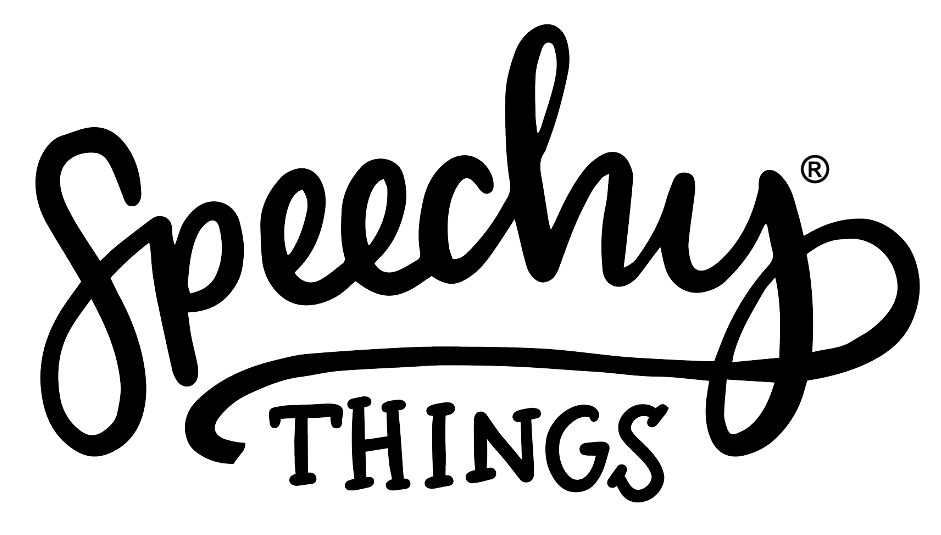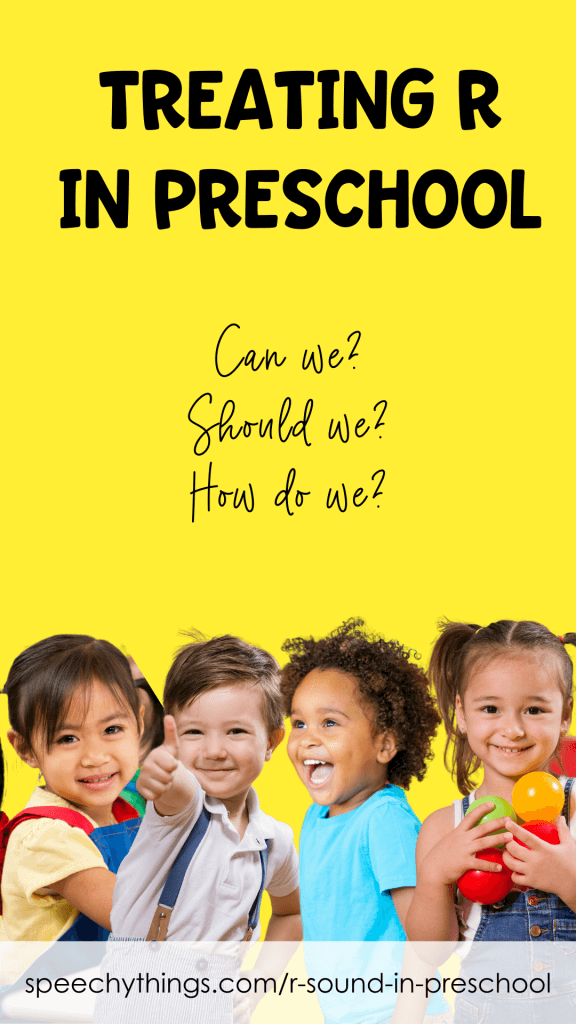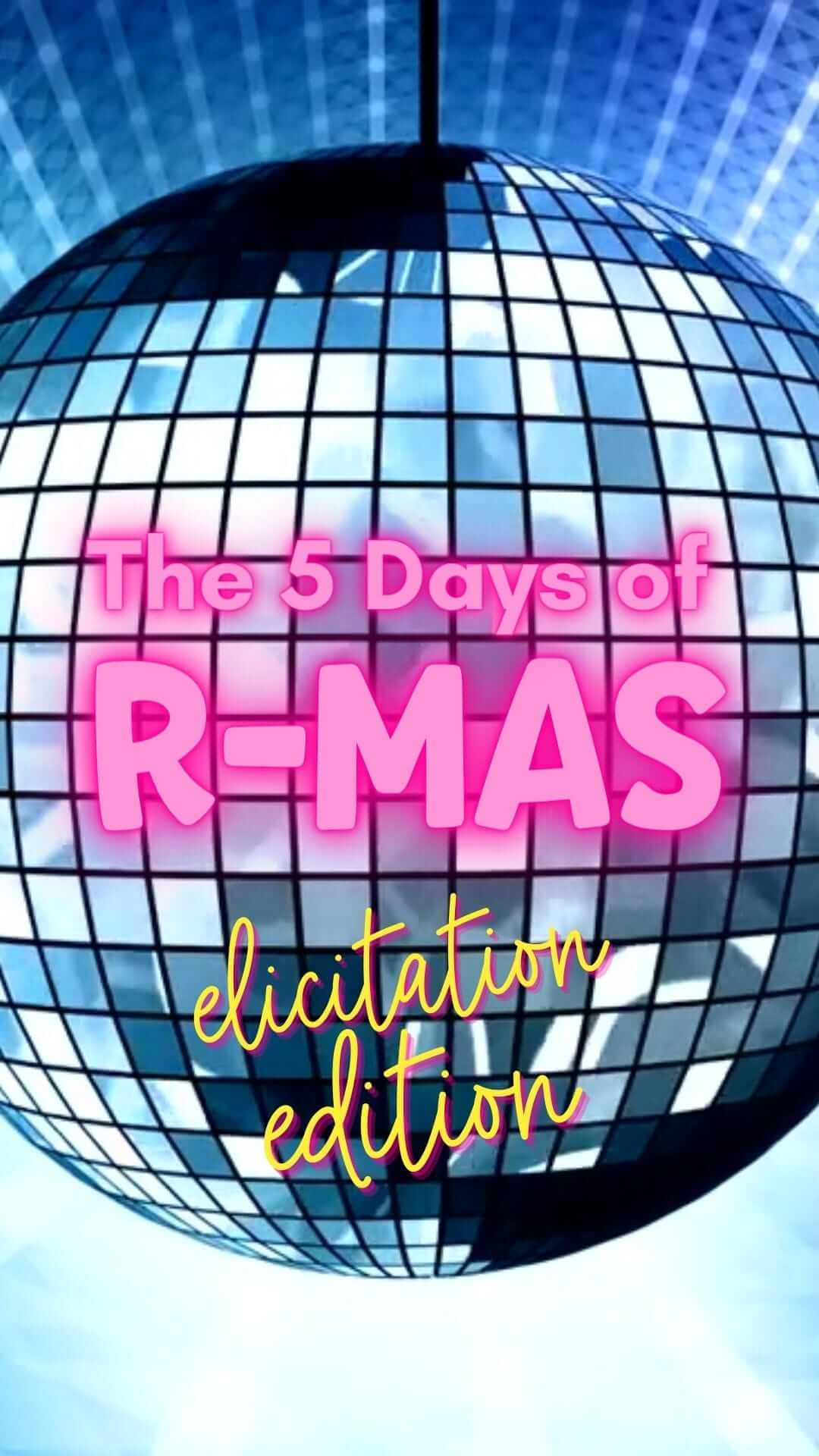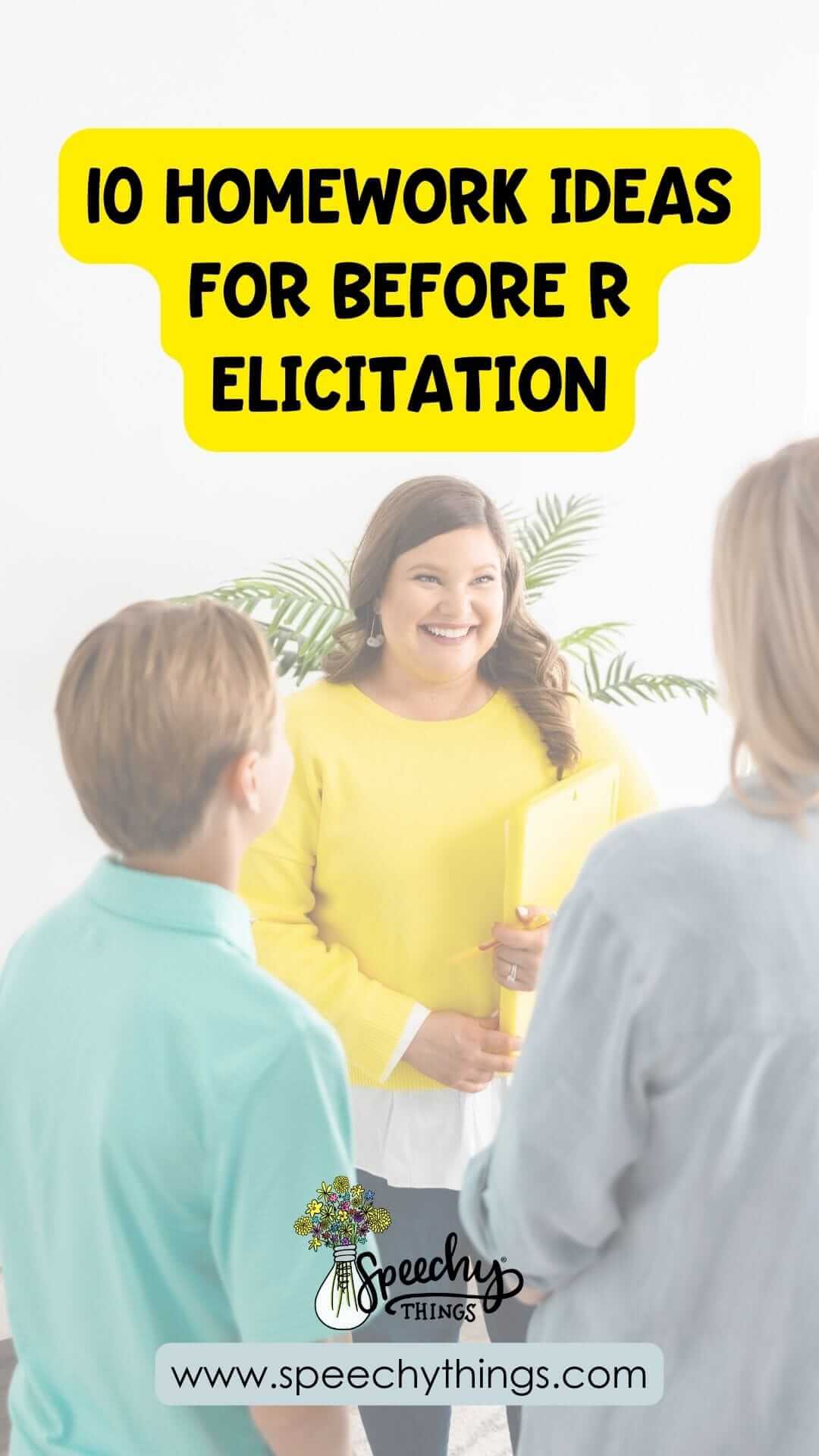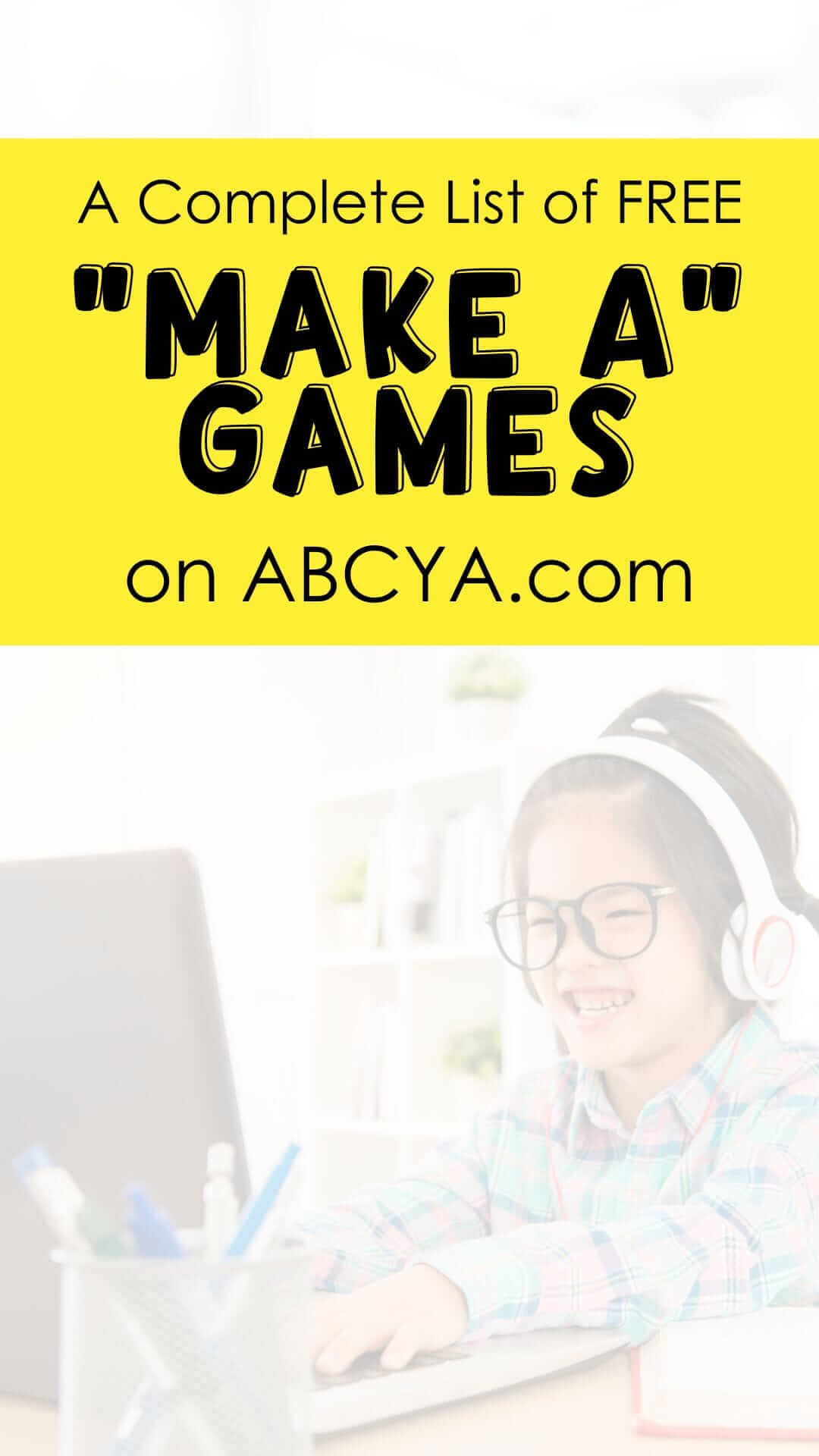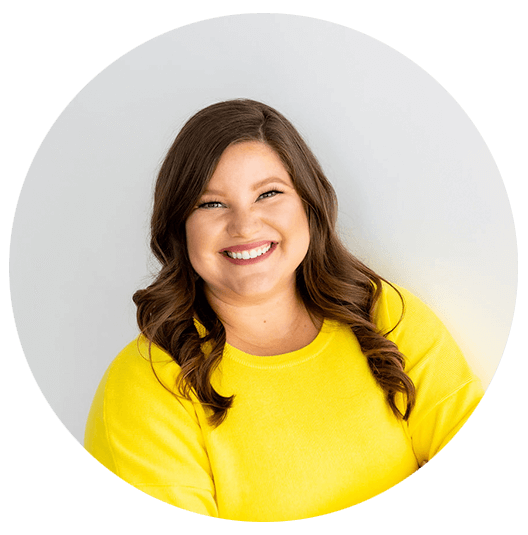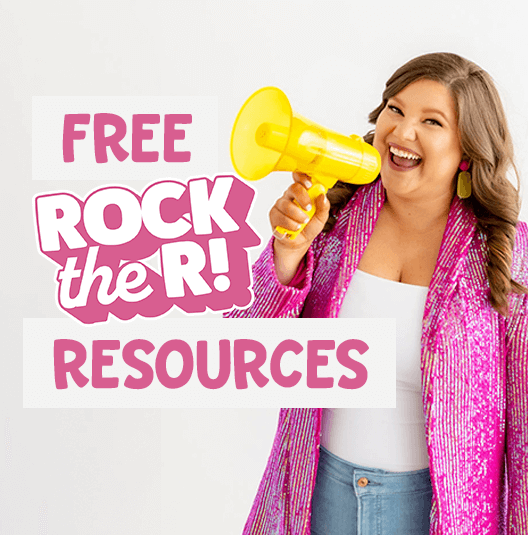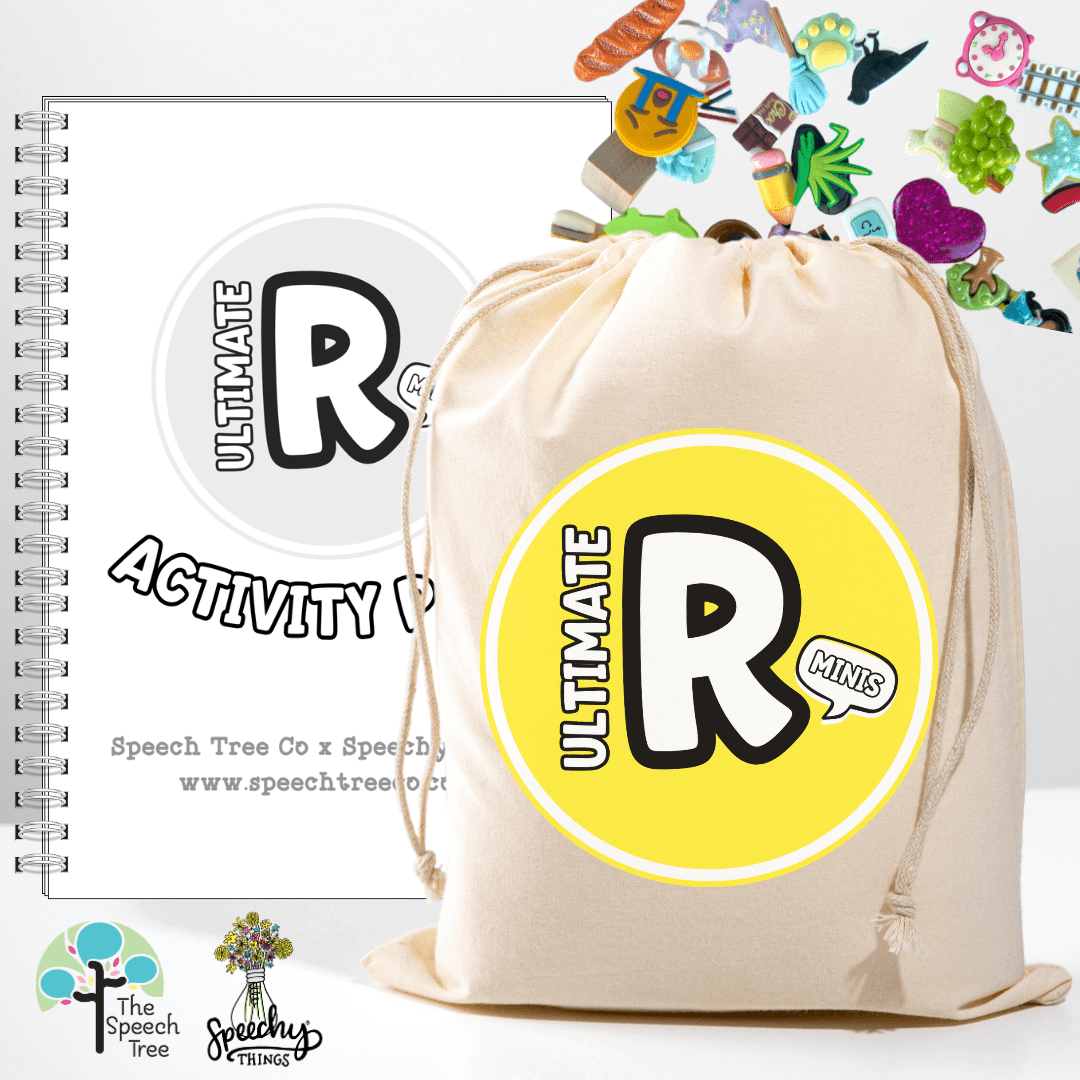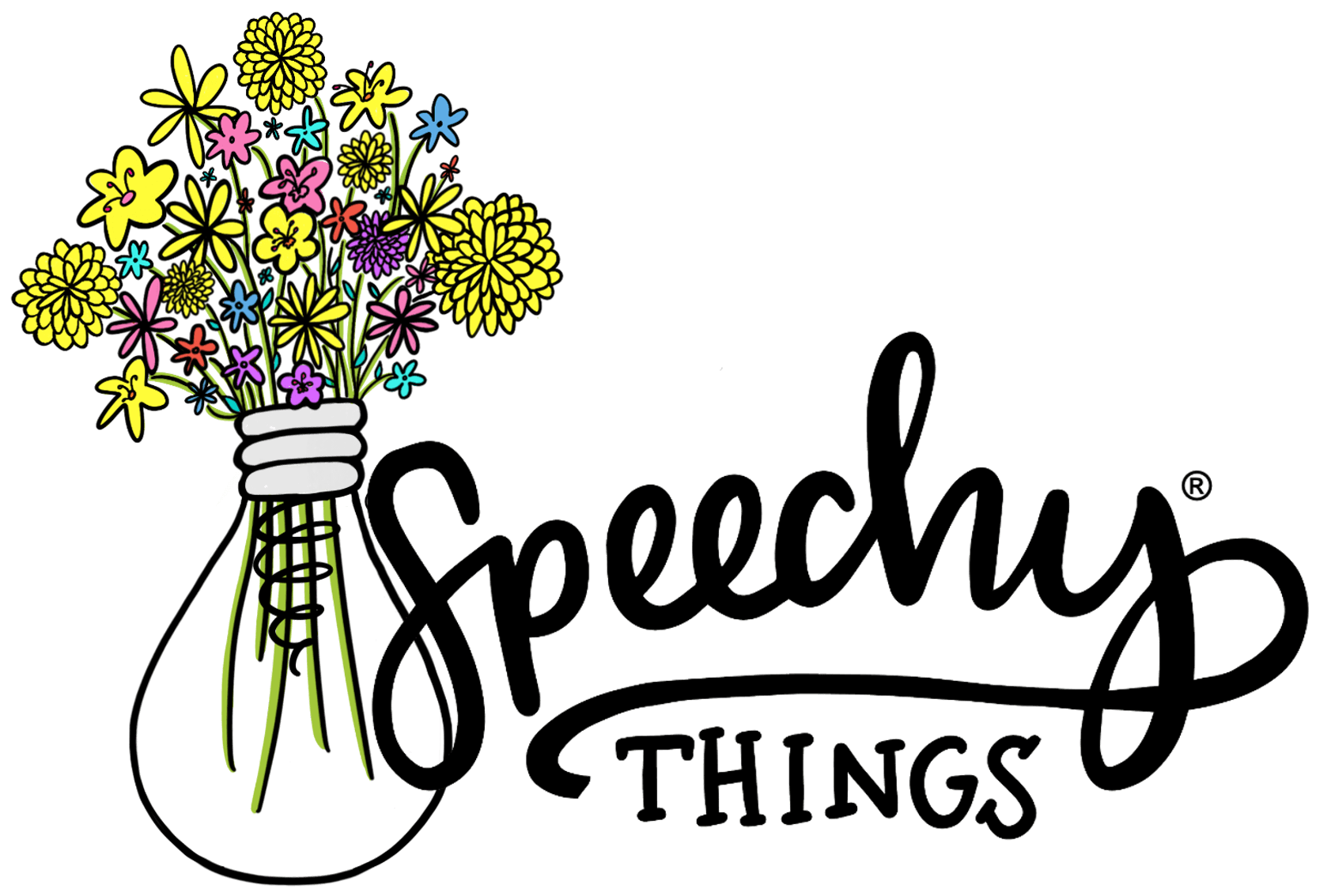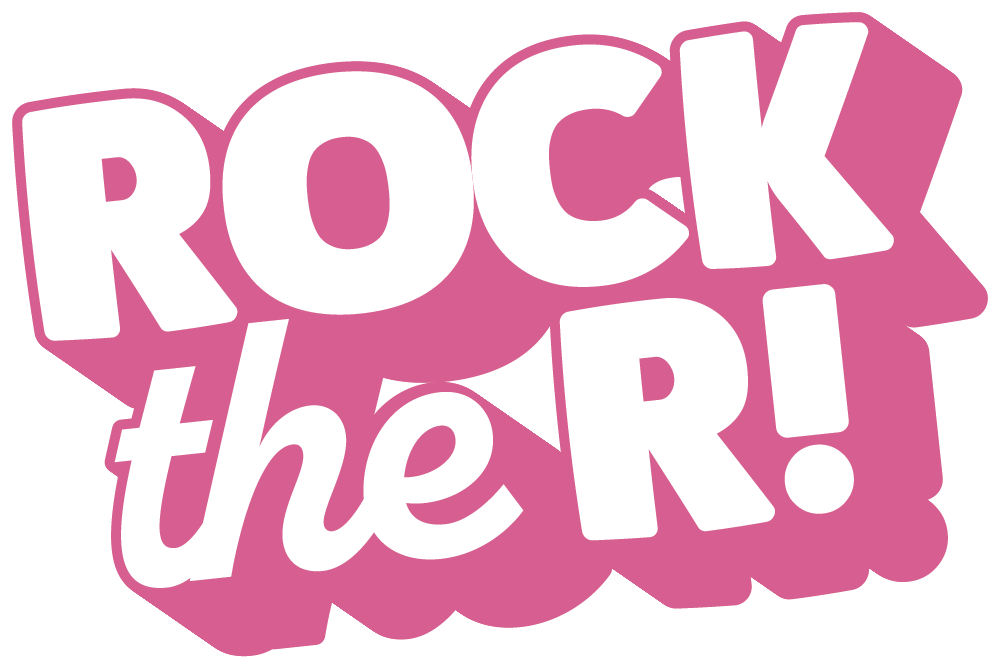I’ll give it to you straight. I have had way too many high schoolers come to me without ever having treatment for their distorted R. By then, the motor plan is so engrained it’s much trickier to correct, in my experience. Logic leads us to believe starting younger would be better… but how young is “too young?”
Treatment for speech sound disorders typically begins around age 3 as the first set of phonological patterns are supposed to disapper. So what about R? Would anyone dare even think about targeting the R sound with a preschool-age child?
The short answer: YUP!
The long answer: There’s a lot to consider so grab your oven mitts ’cause this topic is hot hot hot. Let’s dig in.
First, a huge thank you to The Informed SLP (TISLP) for writing easy-to-understand recaps of many of the studies referenced below. Direct links to their reviews are at the bottom of this post. I highly recommend you read them. Some are open-access and some require a membership. If you don’t have a membership, consider getting one. This is not an ad. I am not an affiliate. I just really love, rely on, and believe in what they do. Alright, back to it!
LET’S TALK ABOUT ACQUISITION NORMS
Word on the streets for decades has been that R shouldn’t be targeted until anywhere from age 6 to 9, depending on who you ask and what study you’re looking at. This was quite comfy cozy for SLPs in general, I think it’s fair to say. R is intimidating and waiting til the late-end of these “norms” is still very common. Part of that has to do with outrageous workloads, and part of that is because you can absolutely pull up (older) studies to support this clinical decision.
But then Sharon McLeod and Kathryn Crowe busted out with an award-winning review of 27 languages in 2018. (Yes, it literally won an award. A very prestigious one, at that.) They found that 90% of children had the R sound by about age 5 1/2. With a 75% criterion that age dropped to 3 years, 11 months and with a 50% criterion it was 2 years 11 months. They even did a follow-up study looking only at the United States and found similar results.
So what does that mean for the preschool population? It means we have reliable data from an enormous sample size that says a lot of kids as young as 3-4 years old have the R sound. Dodd et al, 2003 tells us that gliding declines between age 5 and 6. So this previously rampant idea of children not getting R until age seven.. or eight… or NINE (*shudders*) is perhaps doing more harm than good.
OKAY…. BUT CAN WE SUCCESSFULLY TARGET R IN PRESCHOOL?
I personally have never targeted R with a 3-year-old and I have not come across data about that age. But 4 and 5-year-olds? I’ve got the anecdotes and the data. Fair game!
A 2022 study from Kruger & Storkel looked at two age groups (4-5 years and 7-8 years) in terms of their ability to get the L and R sounds. The study showed that both age groups were equal in their success with L and R, though slightly longer sessions were required for the younger group to reach high trials (80 in this case).
Anecdotally, I personally have had success with 4-year-olds and 5-year-olds in treatment. The 4-year-olds had typically been with me for other sounds or processes and we cleaned up R before discharge since they were stimulable. I’ve also had 5-year-olds come to me for R and had great, quick outcomes.
OKAY………. BUT *SHOULD* WE TARGET R IN PRESCHOOL?
You’re not going to like this answer… but it depends on the child. You had to see that coming, right?
When making these clinical decisions we need to consider their stimulability, if they have other sounds in error, what is impacting their intelligibility the most, their attention span, their willingness to do the work, and family buy-in and support.
HOW ARE WE SUPPOSED TO DO THIS WITH PRESCHOOLERS?!
It’s no secret that preschoolers don’t have the same attention span as older kids. They also likely don’t have as good a sense of proprioception or ability to intentionally control their articulators. This could mean that targeting R the “traditional way,” such as using phonetic placement cues, may not do the trick. It’s easy to picture…
SLP: Pull your tongue back and turn on your voice.
Child: *tongue sticks out of mouth*
SLP: Move your tongue other way, toward your throat. And lift the sides of your tongue toward your molars.
Child: *sticks tongue out further then licks front teeth with tongue tip*
SLP: Nope, try again.
Child: *flops to the floor and demands to know “how much longer”*
There are other things we can try though! I’ll outline a few options here:
Modeling
This is probably the obvious first step but it is worth mentioning. Model an R word and see if they can imitate it or say it with you simultaneously. If they can, you’ve got a fantastic starting point.
Analogies
Imagery can be powerful for children. I like to think of analogies in two categories. “Sounds like” and “looks like.”
You might ask the child to make a sound like a “tiger, bear, pirate, motorcycle, etc” and see if they are able to achieve a decent R approximation with that simple cue.
You could also try to ask them to make their tongue look like a “taco, bowl, birds wings, bow and arrow, elephant trunk, etc.” The idea is to come up with an analogy that encourages tongue root retraction, tongue side elevation, and tongue tip elevation.
Facilitating Contexts
These are words that help the tongue get into position for R thanks to co-articulation. My favorite facilitating words to try are “Karla, green ear, earring, eureka, year, and lerr.”
Minimal Pairs
Consider the strong possibility that there is a phonological component to the preschooler’s R errors. Targeting minimal pairs is a great way to work on their phonemic awareness.
Speech Perception
This is an exciting area of research that’s up-and-coming. Helping students rate their own productions of R words and the productions of others can help them form an accurate perception of what is or is not a correct production of R. The SAILS app is a great option for targeting this with preschoolers.
You can see more elicitation cues ideas in my free R Cue Database, though it’s a work in progress.
Speaking personally, if a preschool-age child is already in therapy with me and the last sound lingering is the R sound, I’ll give it a try. If they’re in my therapy room for any reason (including a new eval) and stimulable? Let’s do this. (After talking openly with the caregiver. More on that below.)
BUT WON’T A LOT OF THEM GROW OUT OF IT?
It’s possible!
Intelligibility and stimulability are predictors for whether a child will “grow out of it” according to a 2022 study by McLeod, Sam, & Law. Please note, this study didn’t look specifically at the R sound. If your student has decent intelligibility and is stimulable for R, then they may just grow out of it.
Looking more specifically at R is a study by Munson et al in 2021. They found that if a child had a distorted /w/ between 3-5-years-old, they were less likely to spontaneously correct their R by ages 4 and 5. Kids with an accurate /w/ were more likely to spontaneously correct their R without services.
I think what’s important here is to be upfront with the caregivers. No matter the setting, therapy costs. It costs time away from family, play, school work, and more. It costs money, the only question there is whose pocket it comes from. It costs energy and effort and modern families are spread thin already. (On the flip side, it costs the SLP too.) If you are on the fence with this clinical decision and you have a family who is motivated, understands a full picture of the norms and data, and still wants to pursue services… that may tip the scale in favor of getting started. This is absolutely a team decision.
If you have a family come to you and everyone decides to pass on services for the time being, be sure to give them a timeline for when they should check back in. Use your own judgment to determine when that should be, but please don’t let it be age seven… eight… NINE.
IN CONCLUSION…
There’s so much to consider when looking at treating the R sound in preschool. As with everything else in the field of speech-language pathology every clinician could (and will) come to a different conclusion. And of course, it’s important to recognize that many SLPs are working under constraints such as insurance approval, district policies, outrageous caseloads, and who knows what else. There is no simple, black-or-white answer to this. Ultimately, it’s up to your constraints, your clinical judgment, the individual child, and the desire of the caregivers. I hope this helps guide your decision and, even for some of you, gives you the “permission” you were looking for to start in preschool.
ROCK ON, FRIENDS!

THANK YOU TO THE INFORMED SLP
A huge thank you to The Informed SLP for providing beautiful summaries of much of the research in this post. If you are a practicing SLP I highly recommend considering a subscription to their services. They may clinically relevant research easy to understand and provide monthly reviews of the latest in our field.
Here are links to their reviews of the aforementioned reviews:
TISLP Review of McLeod & Crowe 2018
TISLP Review of Crowe & McLeod 2020
TISLP Review of Krueger & Storkel, 2022





